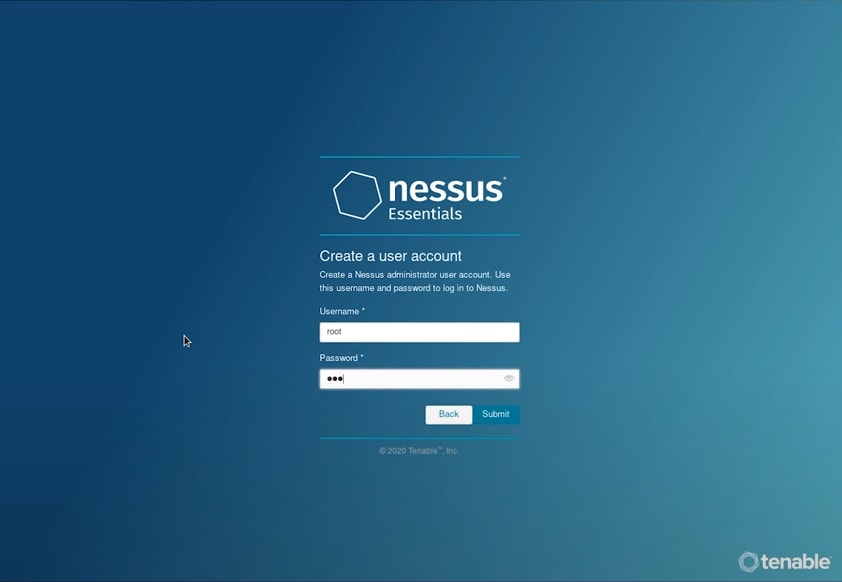An Interest In:
Web News this Week
- April 3, 2024
- April 2, 2024
- April 1, 2024
- March 31, 2024
- March 30, 2024
- March 29, 2024
- March 28, 2024
Top 5 Tools and Practical Steps in Checking Website Vulnerability
With an estimated 547,000 new websites daily, 380 new websites every minute, and 7 new websites every second; over 1.7 billion websites are currently online worldwide.
Securing a website from being hacked is much more difficult than building one, as most users dont know much about security or where to look for vulnerabilities in their websites.
According to IBM, 30,000 websites are lost to hackers daily, 20 websites every minute. These lost websites are usually legitimate small business sites with little or no security measures in place by the owners.
Another study also showed that web hacks take place every 39 seconds, on average, 2,244 times a day.
While this statistic looks grim, it gets scarier as most of the biggest companies spend millions of dollars on cybersecurity yet still face vulnerability breaches.
Top companies like Intel, Snapchat, Cisco, Dropbox, Apple, Facebook, and Google organize bug hunting programs and give payouts to white hat hackers that report a vulnerability in their infrastructure.
For a small business owner trying to leverage the internet, having a deep pocket to pay for bug hunting programs and vulnerability threat assessments might be too expensive.
Suppose you are about to build your website or have one already, this article will discuss tools you can use to scan websites and how to go about it.
Top Tools to Scan your Website
Nmap
Nmap is one of the most easy-to-use network scanning and vulnerability checkers. It uses the IP or URL to find which hosts are available, which service the Operating System (OS) is running, and what kind of firewall is in use. Nmap is free and open source. It scans for security auditing flaws. Nmap also runs on all operating systems, including Linux, Windows, and Mac OS.
To get started, download the latest Nmap tool for your system.
Fill in your target URL or IP address and change the profile to an intense scan or go for a quick scan to prevent waiting a long time for your scan to complete.
After completion, you will notice a lot of open ports. Open ports are not always bad as they allow your websites to talk to other services, but not all ports should be available, close unused ports.
You can check your ports against The Common Vulnerability Scoring System for ports that should be open and those that should be closed if the website does not need them.
Burp Suite
Burp Suite operates like a middle man that traps all connections from your website to the internet and back; it monitors requests and responses while in transit.
Burp Suite is one handy tool every website owner should use. It has a free version that tracks bugs, runs penetration tests, and analyzes the logs' responses.
Get the Burp suite's web vulnerability scanner here
Open Burp suite and create a temporary project.
Here opt for the Burp default configuration as you might not be skilled with tweaking the configurations. However, you can learn more about it here.
Click Next to get started.
You can run a few scans on restricted mode. The limited version should be enough to run vulnerability scans and track your website traffic.
Sucuri
Sucuri's free website scanner allows you to scan for vulnerabilities on your website. It checks for malware and whether your website has been black-listed, injected with spam, or defaced.
To get started, click here.
Paste your URL and click scan website; it should take only a few minutes and Sucuri will show you an output of your website security.
Sucuri works on website platforms and some notable ones include WordPress, Joomla, Magento, Drupal, and phpBB.
Nessus
Nessus is a powerful tool that can scan ports, run service detection, and access vulnerability while checking for false positives.
Nessus scans which software are vulnerable to attacks, ports such as File Transfer Protocol (FTP), Secure Shell (SSH), and Server Message Block (SMB) are scanned.
When Nessus launches, it begins by scanning the websites against known vulnerabilities and attempts to discover which port or service is vulnerable.
You can get started here.
Please select your preferred product. I will pick the Nessus Essential as it is the free version.
Next, choose a username and password and log in to your dashboard, which will download all the necessary plugins.
Click on scan and run a basic scan on any Address you want to. Make sure you are authorized to run such a scan.
Indusface WAS
Indusface web application scanning platform helps detect vulnerabilities, logic flaws, and malware. It contains facilities for automated scans and manual pen-testing that provide comprehensive scanning.
The solution efficiently detects common application vulnerabilities that The Open Web Application Security Project (OWASP) and The Web Application Security Consortium (WASC) validate. It can immediately detect vulnerabilities that occur because of application changes and updates.
Click here to get started.
Add the site you want to scan and verify ownership (so you do not go scanning websites you are not authorized to inspect).
Run your scan and download the report.
Conclusion
You have learned about different scanners and vulnerability checkers and how to keep your website, application, or software safe.
Learn how to read your scan results and analyze them better by checking out these resources.
Resources
Original Link: https://dev.to/hackmamba/top-5-tools-and-practical-steps-in-checking-website-vulnerability-41bk
Dev To
 An online community for sharing and discovering great ideas, having debates, and making friends
An online community for sharing and discovering great ideas, having debates, and making friendsMore About this Source Visit Dev To












